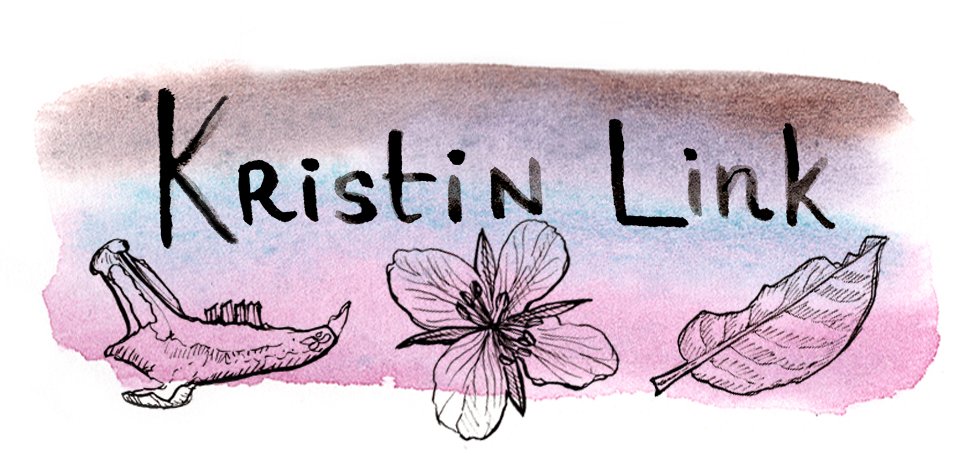Last week I wrote a post about creating your own field guide or collection in your travel sketchbook. I love to draw and observe plants around me. One treat about traveling to the tropics is that there are so many interesting plants there. Maybe I am walking with my sketchbook in my bag, and stop to make a sketch of a flower or plant that catches my attention. I could stop there, but it adds another element to tell more of a story. Instead of making an illustrated field guide, I could explore more of the story about that particular plant. That story could go a lot of different directions, exploring where it was found, explaining how people use it, cultural significance, etc.
Think about using both pages of your sketchbook (the spread) to spread out and tell more of a story, adding context to your original illustration. Below are a few examples from my sketchbook. As noted, I love drawing and thinking about plants, so that is my focus here, but you can obviously choose whatever you like as your subject.
Lotus Flowers
I like this example because I actually drew this sketch of a lotus flower before I left Alaska. I know they are the national plant of Vietnam, but I didn’t see them blooming until we got to Cambodia, where it was warmer. I never got a good photo or sketch, but I saw them often growing where I think people were farming them in shallow ponds by the sides of the road (I just saw them on the sides of the road, because that is where I was on the bus). Their bright pink blossoms caught my eye, though they come in different colors.
The follow-up sketch completing the spread looks at the cultural significance of lotus. I saw many ladies like this one selling the flowers as offerings outside of temples in Phnom Penh. Lotus is an important plant in Southeast Asia. They are edible (I saw people selling seeds and roots to cook). The flower is also important symbolically and has religious meanings. People make offerings of lotus flowers at Buddhist temples and many paintings, carvings, and motifs feature the lotus flower.
Sketchbook spread of lotus flower illustration (left) and lotus buds for sale as offerings at a temple in Phnom Penh (right). Watercolor and pen.
The Almond Tree at Hoa Lo Prison
The plaque for the Almond Tree at Hoa Lo Prison
This story started when the Almond Tree at Hoa Lo Prison captivated me. It has a great story. Hoa Lo Prison was used by French colonists to imprison Vietnamese political prisoners from 1930-1954. The exhibits show the very depressing conditions that the prisoners were kept in. This almond tree, growing within the prison walls and reaching towards the sky must have been a source of hope. According to the interpretive plaque, prisoners also used parts of the tree for medicinal purposes. The bark and leaves were used to treat diarrhea and to clean wounds, the nuts provided some extra nourishment, and flutes and penholders were made from the branches.
After noting that tree I started to notice other Tropical Almond Trees in Hanoi. They were shedding their beautiful purple-toned leaves, so I picked one up to sketch.
Sketchbook spread of Tropical Almond Lead study (left) and the Almond Tree at Hoa Lo Prison (right). Watercolor and pen. The sketch on the right uses a brush pen.
Banana Blossom Salad
On our first day in Hanoi, we ate a banana blossom salad for lunch, and it quickly became one of our favorites. Vietnamese food is so good, and their fresh fruit salads, ie banana blossom salad is no exception. I’ve seen banana blossoms for sale at New Sagaya and the Red Apple in Anchorage but I never bought them because I had no idea what to do with the purple spikes. Apparently, if you cut them open and remove and clean the flowers, you get this pile of squiggly light yellow stuff that is quite tasty.
I was pretty excited when my sister and I were staying at a place in Sihanoukville on the Cambodian coast and I noticed that one of the banana trees had a big blossom on it. So I grabbed my sketchbook and drew it out.
Sketchbook spread of Banana Blossom growing in situ (left) and how they are used to make banana blossom salad (right). Watercolor and pen.
I hope this post gives you some ideas for stories to tell in your sketchbook. In these three examples, I did the sketches over multiple days as the stories revealed themselves to me. After I found a banana blossom “in the wild” (or in a restaurant garden), I decided to draw another page about making a salad from them. It worked well with my non-linear approach to keeping a sketchbook (and moving pages around). However, I think if you work in a traditional bound sketchbook and you find an interesting plant or something you think might have more of a story to it, you can leave the next page blank. Then you can come back and finish the spread later, or just add in a completely different sketch if you don’t complete the story.




